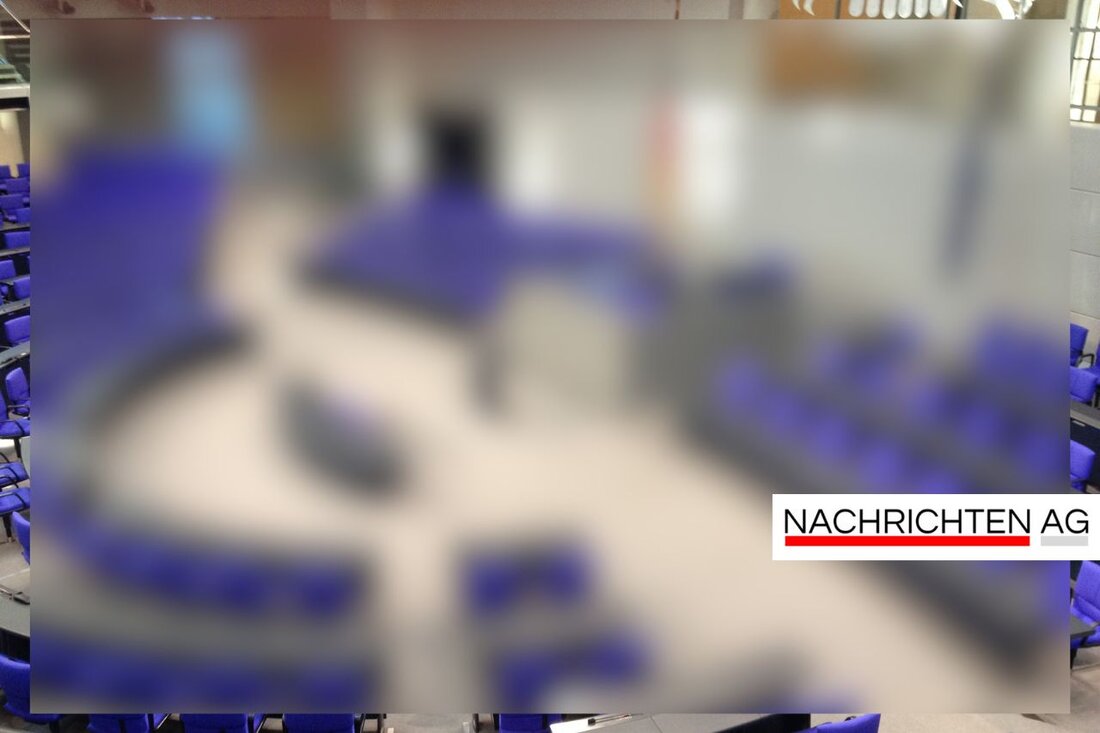Sustainable building: Austria will be climate -neutral until 2050!

Sustainable building: Austria will be climate -neutral until 2050!
In today's world, when the topics of sustainability and climate protection are increasingly important, it is important to set the course for sustainable urban development. It is therefore not surprising that concrete as a building material is not only very popular in the construction system, but also offers many advantages for the energy efficiency of buildings. Because according to the [Meinverkirk Tirol] (https://www.meinbezirk.at/schwaz/c-lokales/mit-3d-planung-zu-nachtiger-stadt-stadt-stadt-stadt-stadt-stadt-stadt-stadt- Snachtiger-stadten-stadten, this material can reduce the energy requirement and extend the lifespan of buildings. An aspect that is decisive in times of climate change.
Did you know that the building sector in Austria is around ten percent of greenhouse gas emissions? The main causes are the heating and cooling requirements. It plays a role in that concrete can save heat, which according to Federal Environment Agency contributes to a reduction in emissions. This is not only good for the climate, but also protects the wallet.The way to climate -neutral buildings
To get energy consumption under control and reduce emissions, energetic renovation or the construction of climate -friendly houses is essential. It is best to start with a well -founded plan. In Germany alone, around 35 percent of final energy consumption accounts for the operation of buildings. Here everyone has to pull together so that the climate goals can be reached by 2050. The [building energy network] (https://www.goclimate.de/artikel/ sustainable-bauen-klimapositive/) in Germany, which came into force in November 2020, has already set many new standards, such as the lowest energy building. These are not only required, but also promoted.
climate-neutral buildings that minimize their energy consumption and use renewable energies are the key to reducing CO₂ emissions. But what does climate -neutral actually mean? It is about creating a balance between the generated and absorbed carbon emissions. Innovative projects, such as the active town house in Frankfurt am Main, show how to live with intelligent technology and sustainable materials in future-oriented building.
measures for a greener future
The challenges are great, but also the chances. In addition to the construction of climate -friendly buildings, comprehensive energetic renovation of existing buildings is required. From thermal insulation to energy -efficient heating, there are many approaches that not only press emissions, but can also relieve the wallet. Although the change to a new heating system often appears as a greater investment, this step can lead to lower energy consumption and better efficiency.
The federal government has also set itself ambitious goals: the emissions are to be reduced from 118 million tons to 70 million tons from 2019 to 2030. This reduction of 66 percent compared to 1990 requires both technical and social changes. The focus is on the investment in efficient use of the resources and the reduction of the area -intensive lifestyle in urban space.
With a WhatsApp channel, the region keeps the citizens: Always up to date-a practical solution from [Meinverzirk Tirol] (https://www.meinbeinbzirk.at/schwaz/c-lokales/mit-3d-planung-zu-nachtiger-stadt-stadt-stadt-stadt-stadt-stadt-stadt-stadt-stadt-stadt- toothilize people for topics such as sustainable urban development. Because one thing is certain: future ability is not a coincidence, but the result of targeted planning and implementation.
The interplay of innovative planning, climate -friendly materials and the awareness of your own responsibility can help minimize the ecological footprint of our buildings and thus to design a more sustainable future.
| Details | |
|---|---|
| Ort | Schwaz, Österreich |
| Quellen | |
